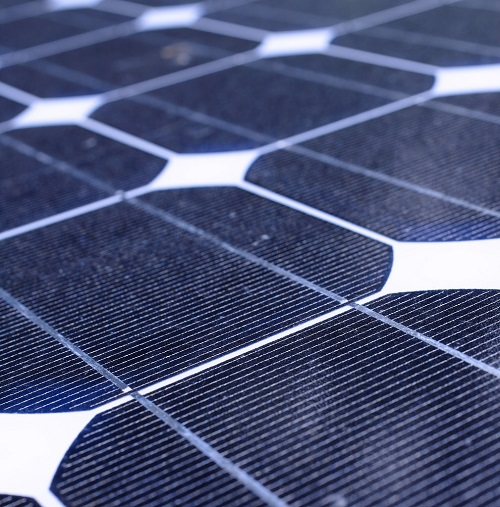It’s been a long time coming, but researchers have achieved a critical milestone in solar cell fabrication. Should it prove scalable, the new fabrication technique will pave the way for solar energy to better compete with electricity generated by conventional energy sources.

Researchers from Washington State University, the University of Tennessee, and the U.S. Department of Energy's National Renewable Energy Laboratory worked together to improve upon the maximum voltage available from a cadmium telluride (CdTe) solar cell; this achievement overcomes a practical limit that’s been pursued for sixty years. It is considered key to improving upon the technology’s overall efficiency.
The obvious question here is what’s a cadmium telluride solar cell? It’s a fair query, as silicon solar cells currently represent 90% of the solar cell market. The problem with this particular line of product is that it is proving too difficult to reduce their manufacturing costs. CdTe solar cells, on the other hand, are much more cost-effective. What’s more, they have the lowest carbon footprint of any other solar technology, and have proven to perform better in real world conditions than their silicon counterpart; this includes hot, humid weather as well as being under low-level light.
The reason why CdTe solar cells have been held back is because the material is not as efficient as silicon. Researchers have spent the last six decades searching for better quality CdTe materials to get more than 900 millivolts out of the material (its practical limit).
Which leads us to today — the research team was able to improve upon the CdTe solar cell’s voltage by going away from a standard processing step using cadmium chloride, and instead placing a small number of phosphorous atoms on tellurium lattice sites. Doing this allowed the team to carefully form ideal interfaces between materials with different atomic spacing which, in turn, completed the solar cell.
In terms of results, the researchers were able to create CdTe solar cells with an open-circuit voltage breaking the 1-volt barrier for the first time ever.
“It's a significant milestone. It's been below 900 millivolts for decades,” said Kelvin Lynn, Regents professor in WSU's School of Mechanical and Materials Engineering and Department of Physics, who led WSU's effort.
Key to the success of this breakthrough is the way in which the WSU team grew the crystal material used in the cells. They used a technique called melt growth, which allows for precise control over purity and composition. For this process in particular, the researchers mixed, prepared and vacuum-sealed the materials in an industry-standard clean room. Once done, they synthesized the crystal in a furnace above 1100 degree °C and then cooled it from the bottom up at a rate of about one millimeter per hour.
The researchers then cut the crystal into polished wafers to make the solar cells.
“Others have tried dopants, but they didn't have the control and purity that we have. And, the purity matters,'' said Lynn. “WSU is known for growing really high quality and purity crystals. You have to control every step.”
It’s widely believed that while silicon-based cells have been improved nearly to their theoretical limit, efficiency improvements for cadmium telluride could be enhanced by an additional 30%.
To learn more, download the team’s paper, entitled CdTe solar cells with open-circuit voltage breaking the 1 V barrier, which was published in Nature Energy.
Via the University of Washington
Advertisement
Learn more about Electronic Products Magazine





